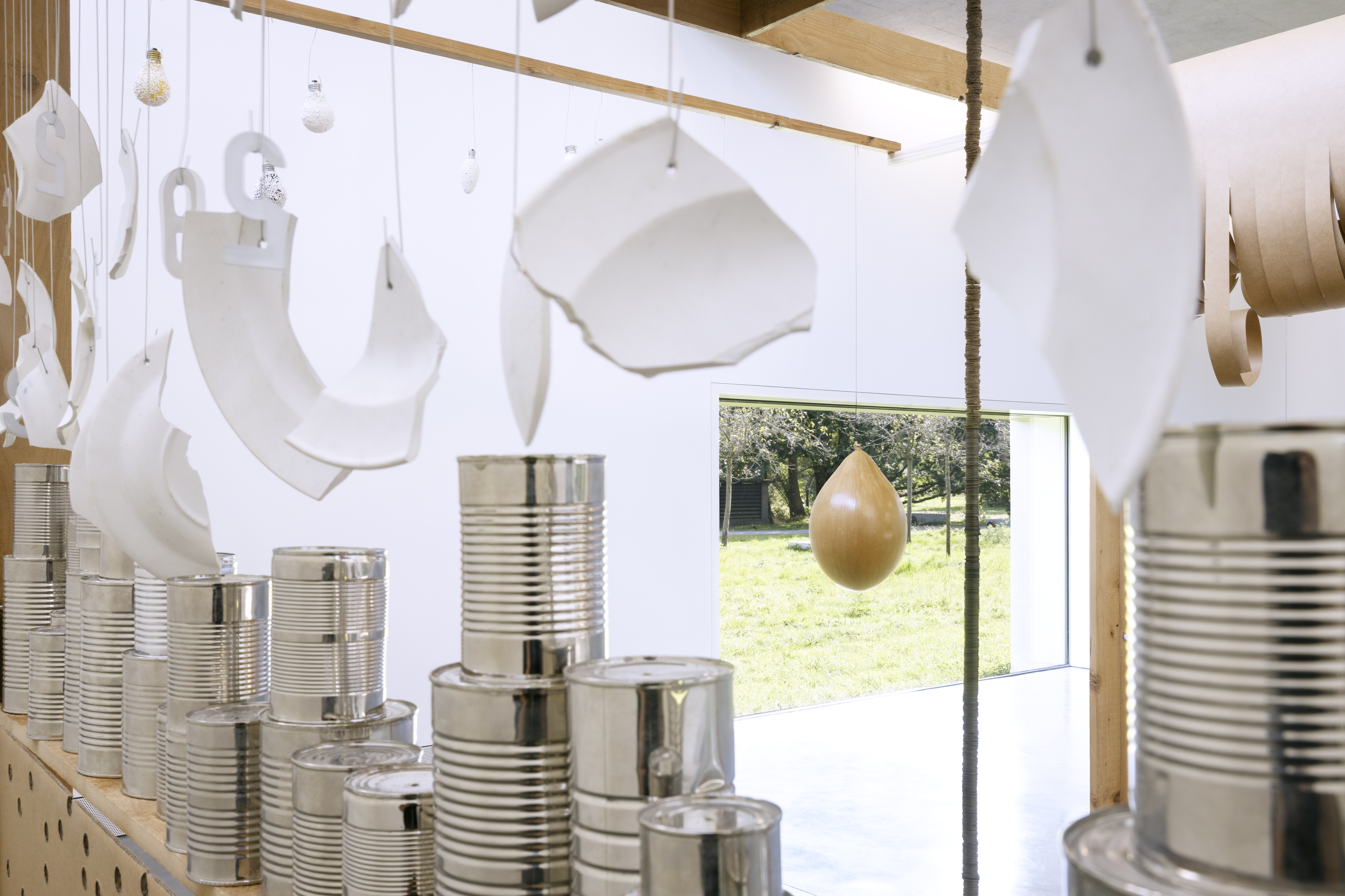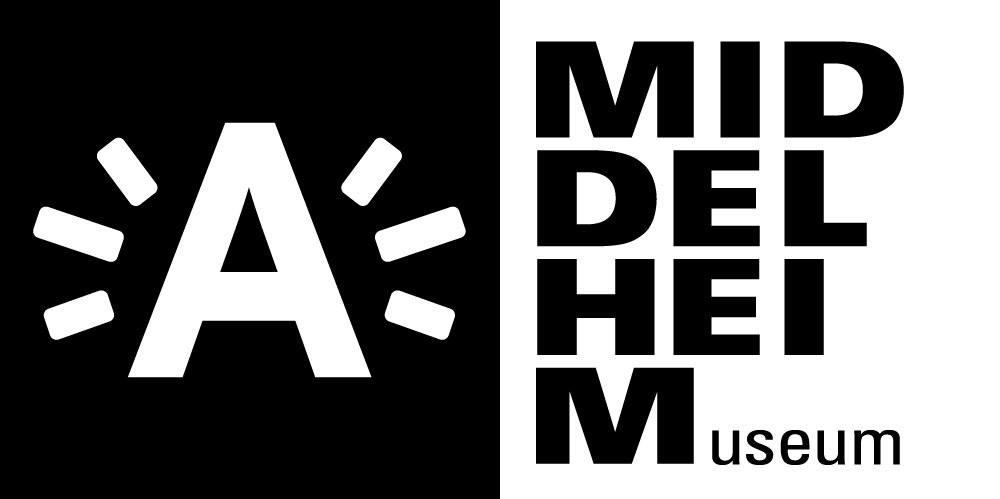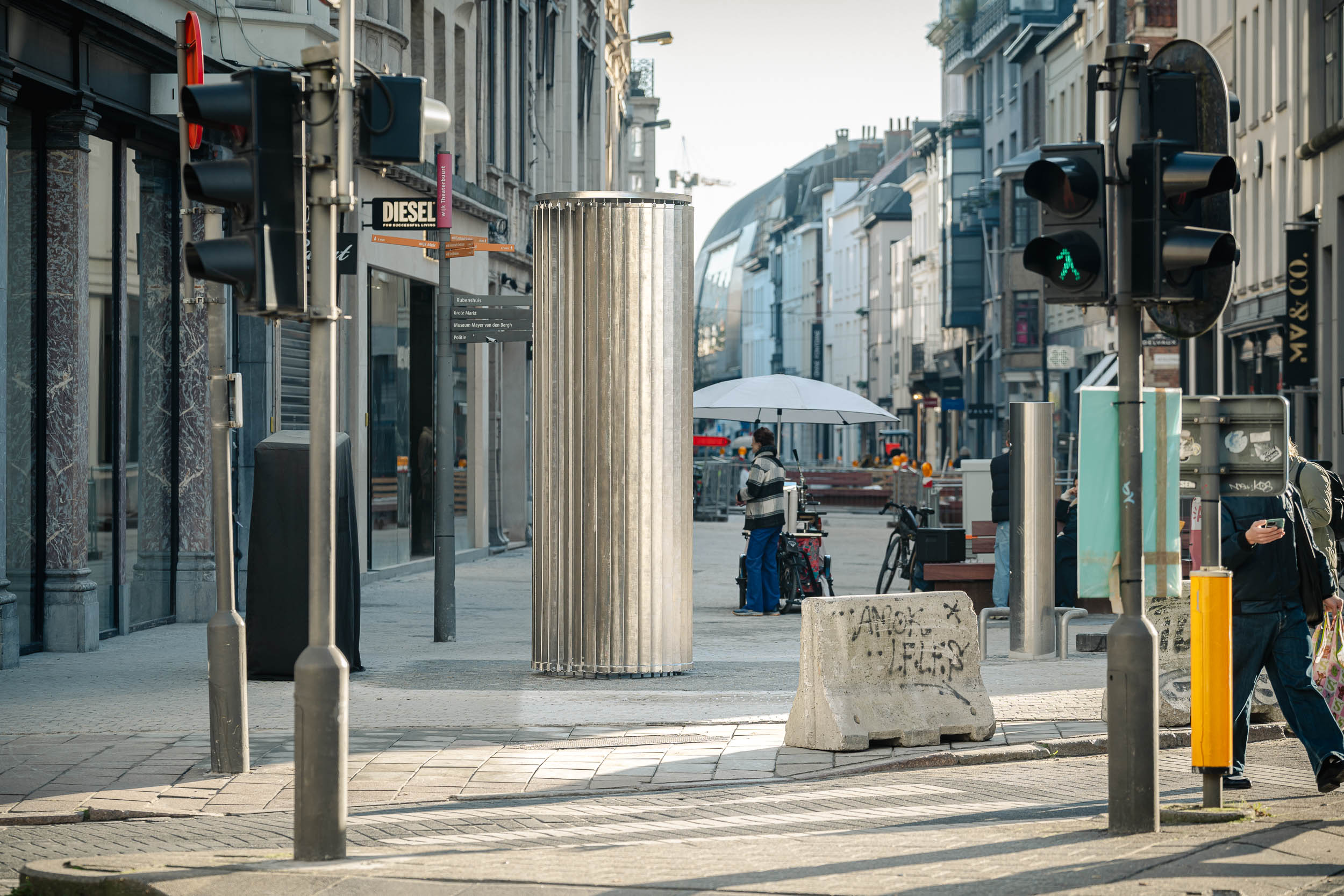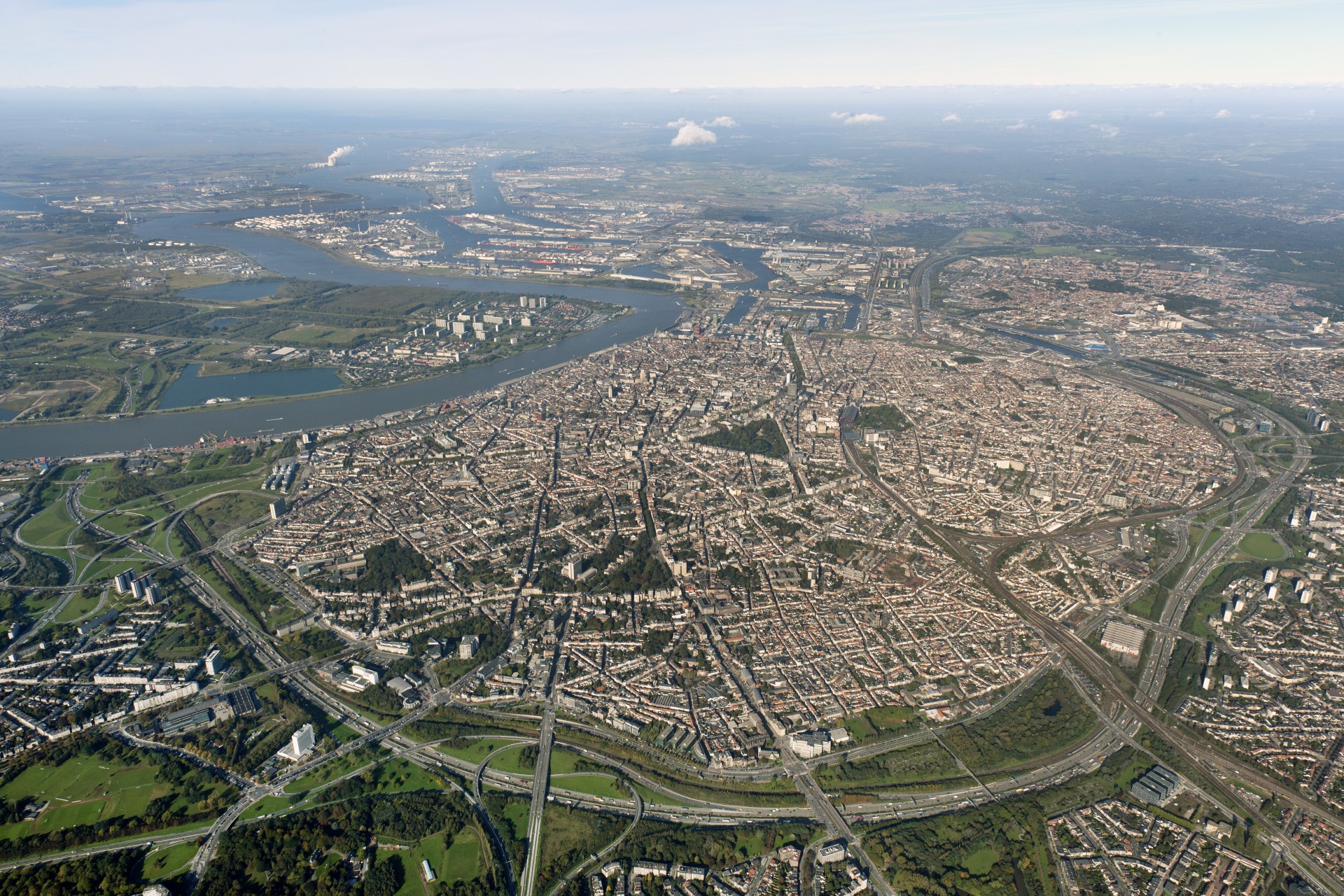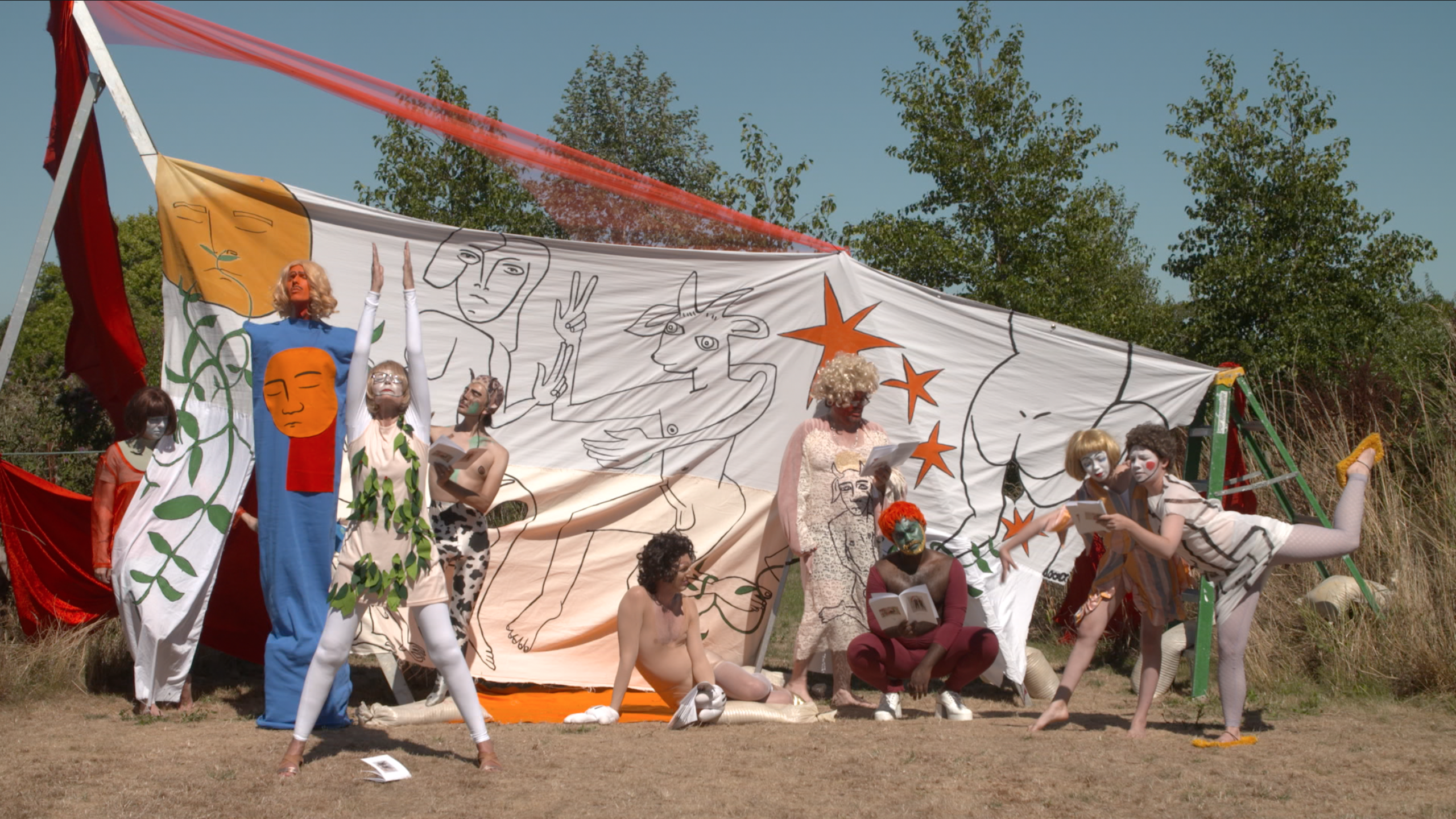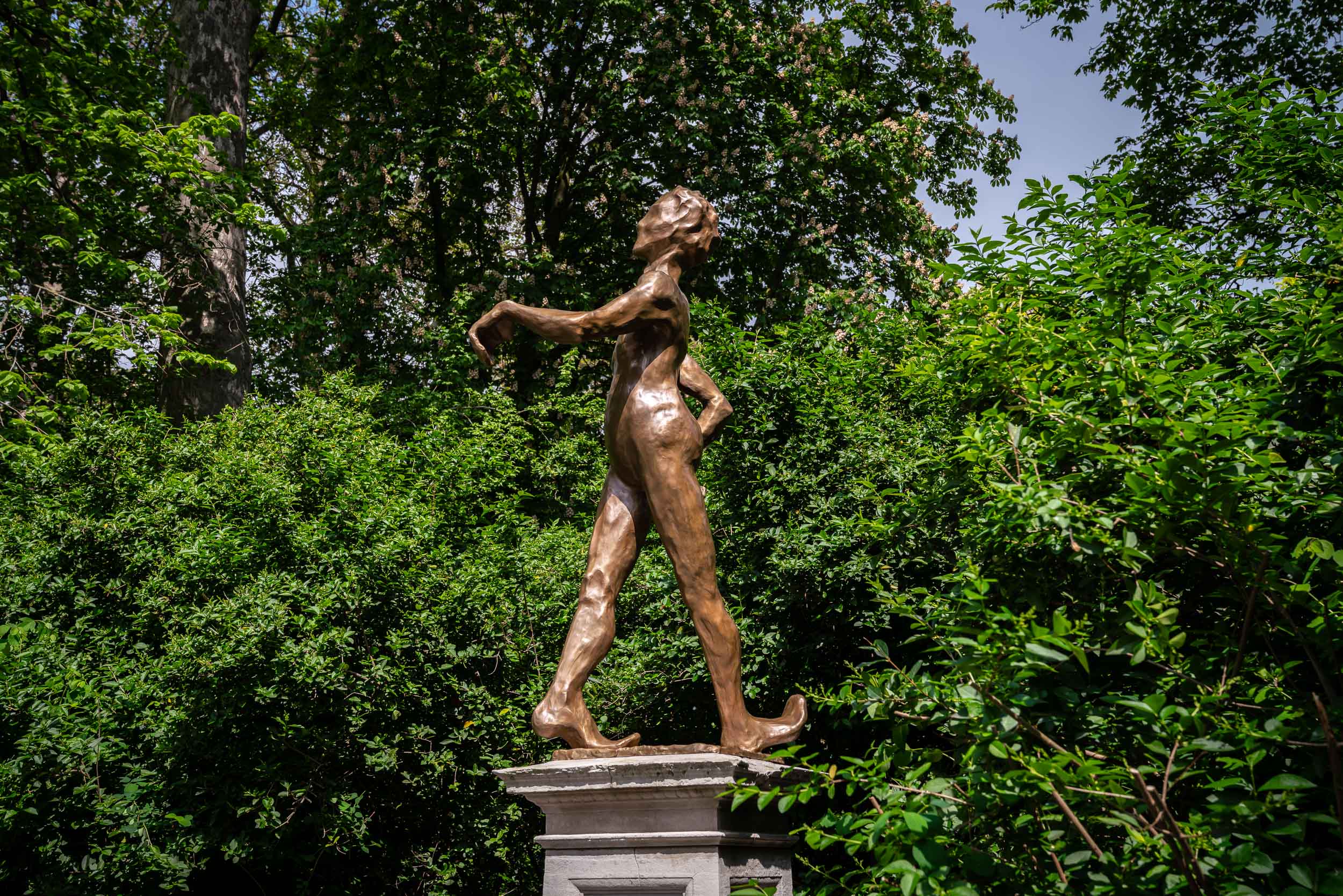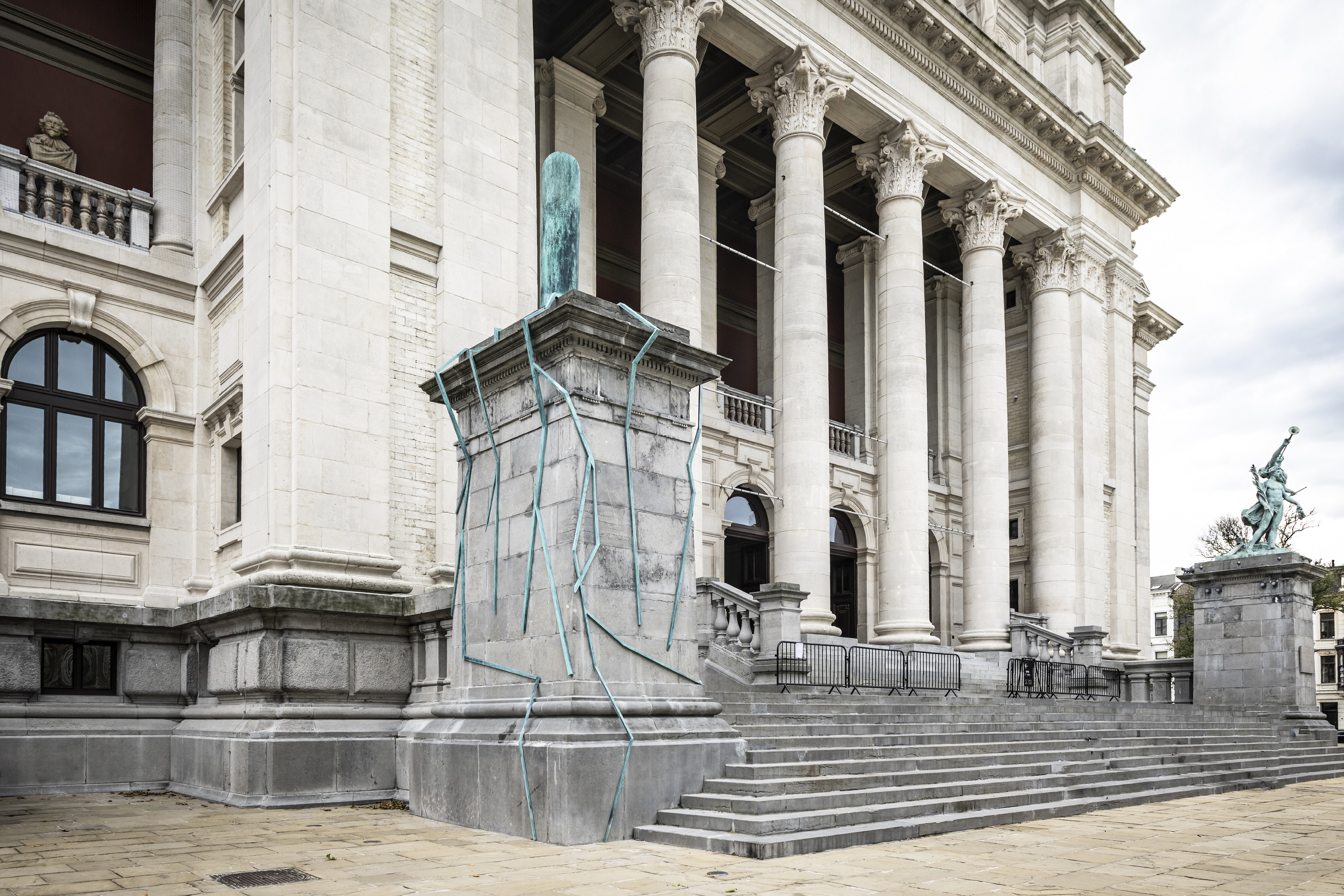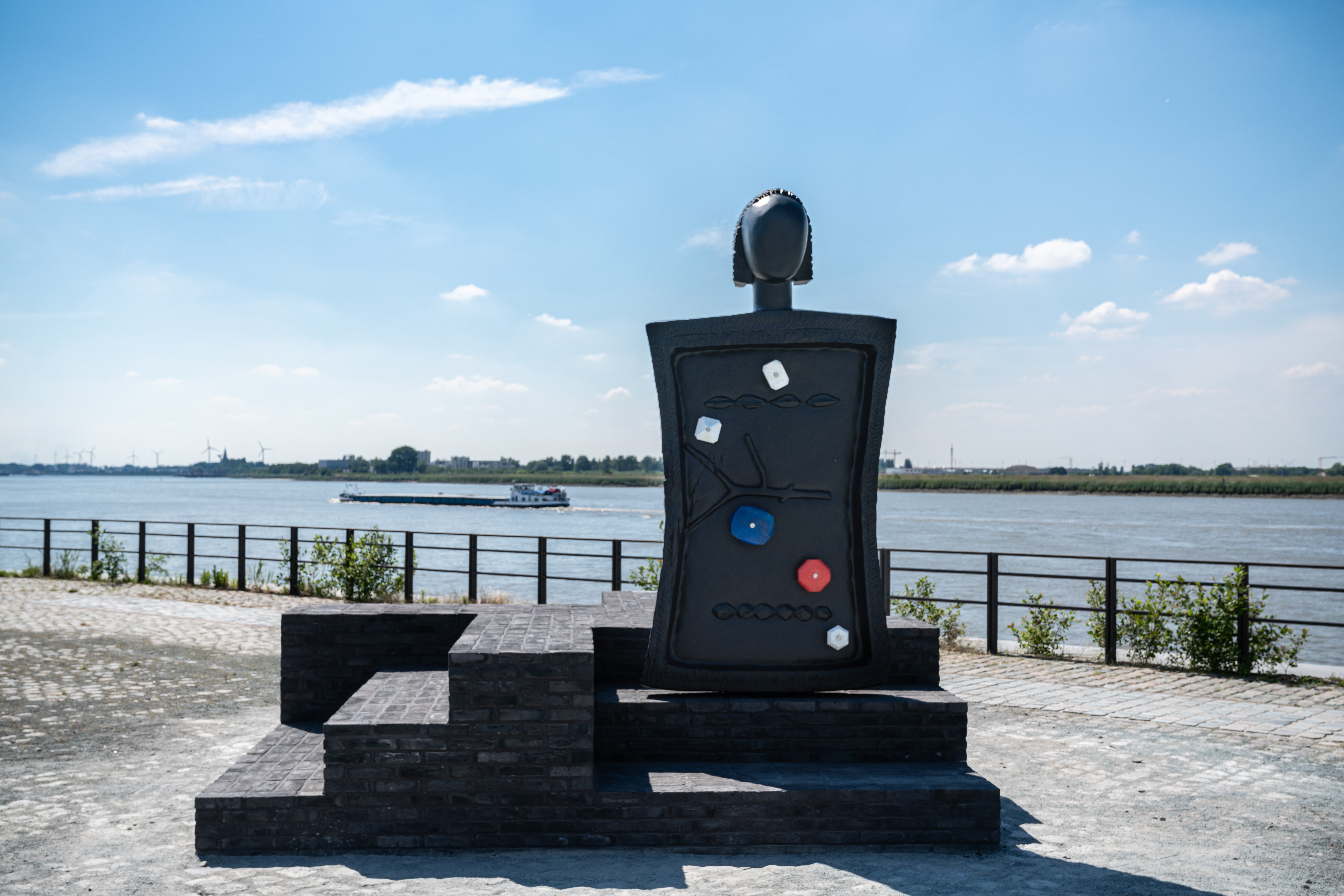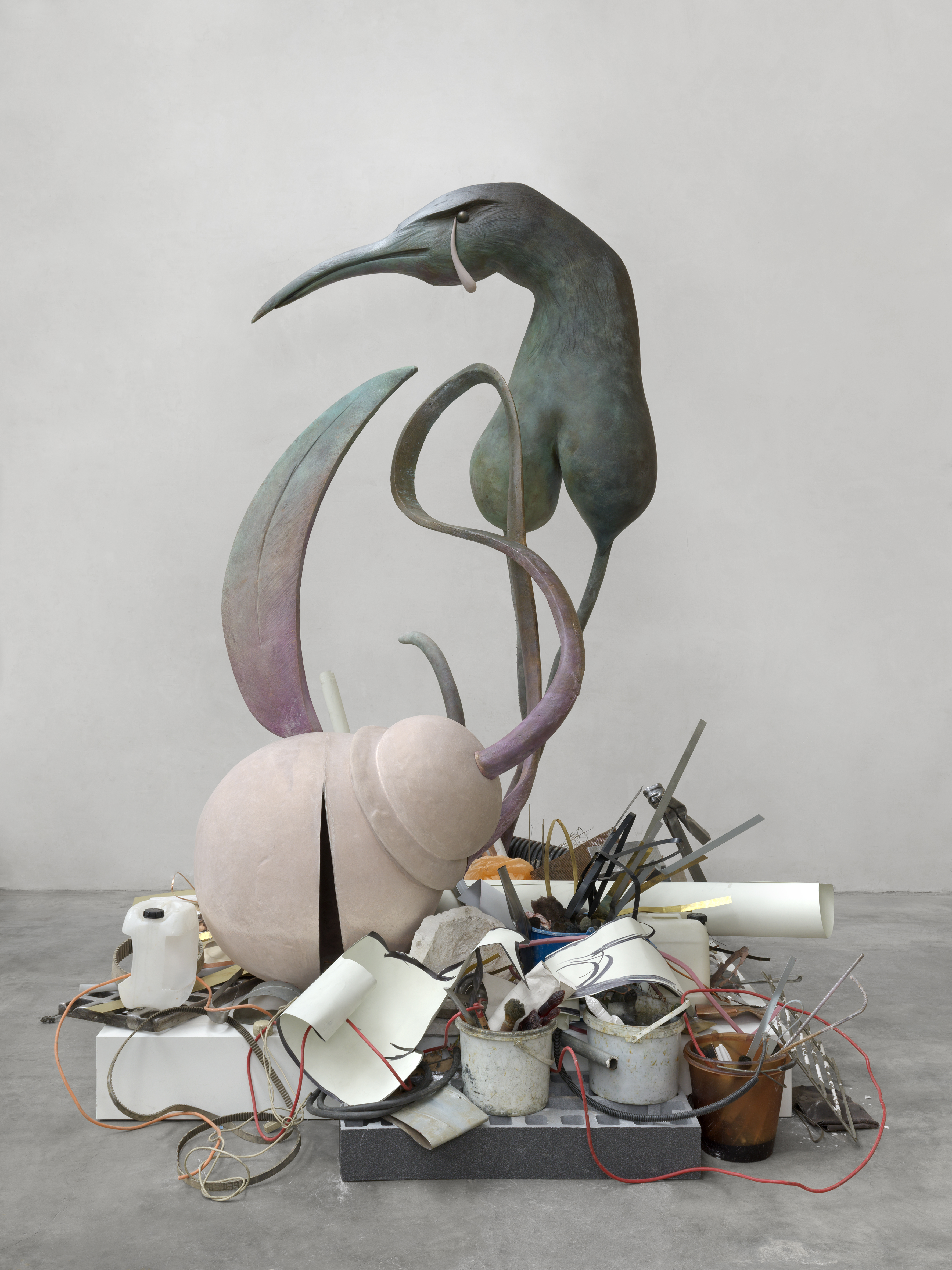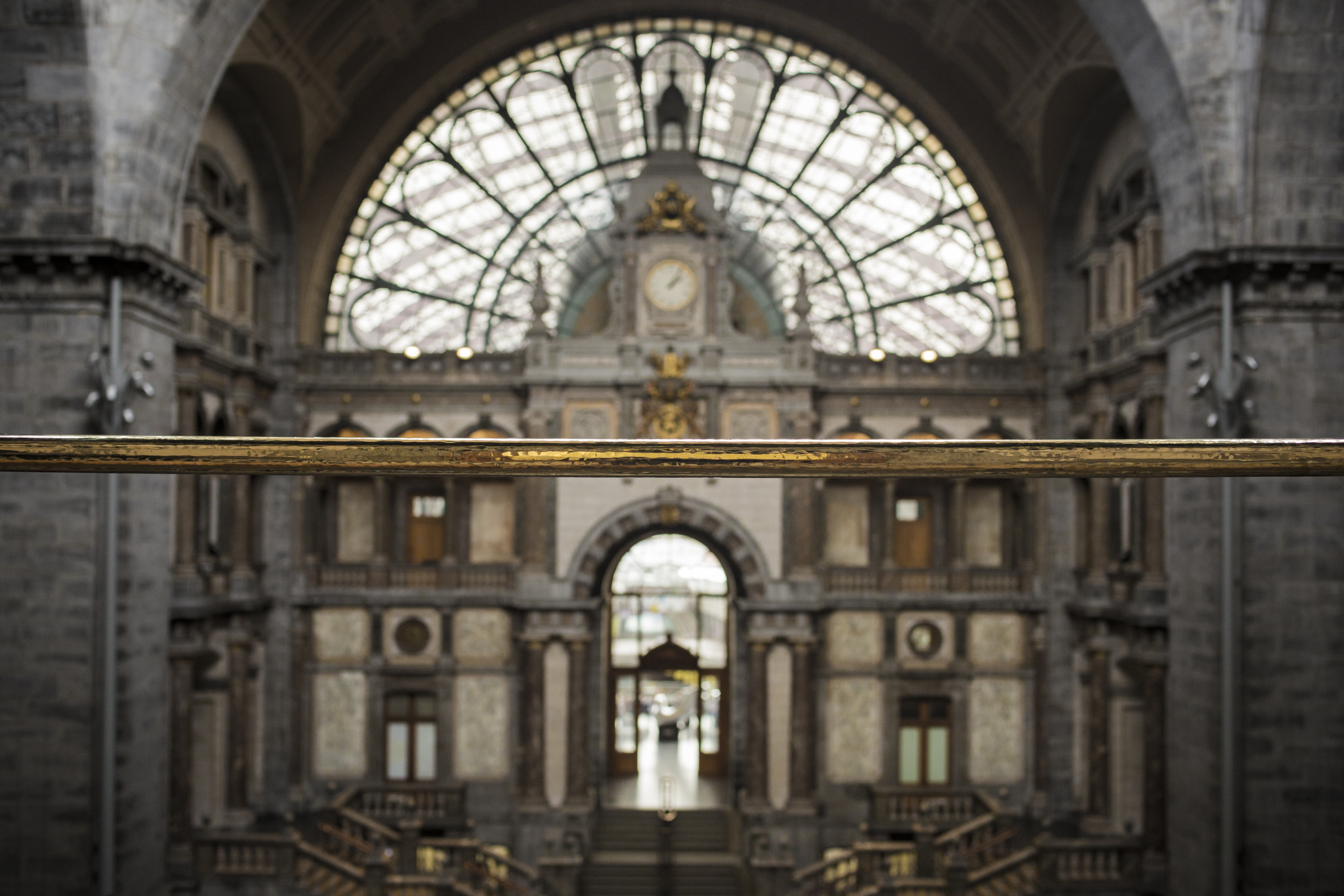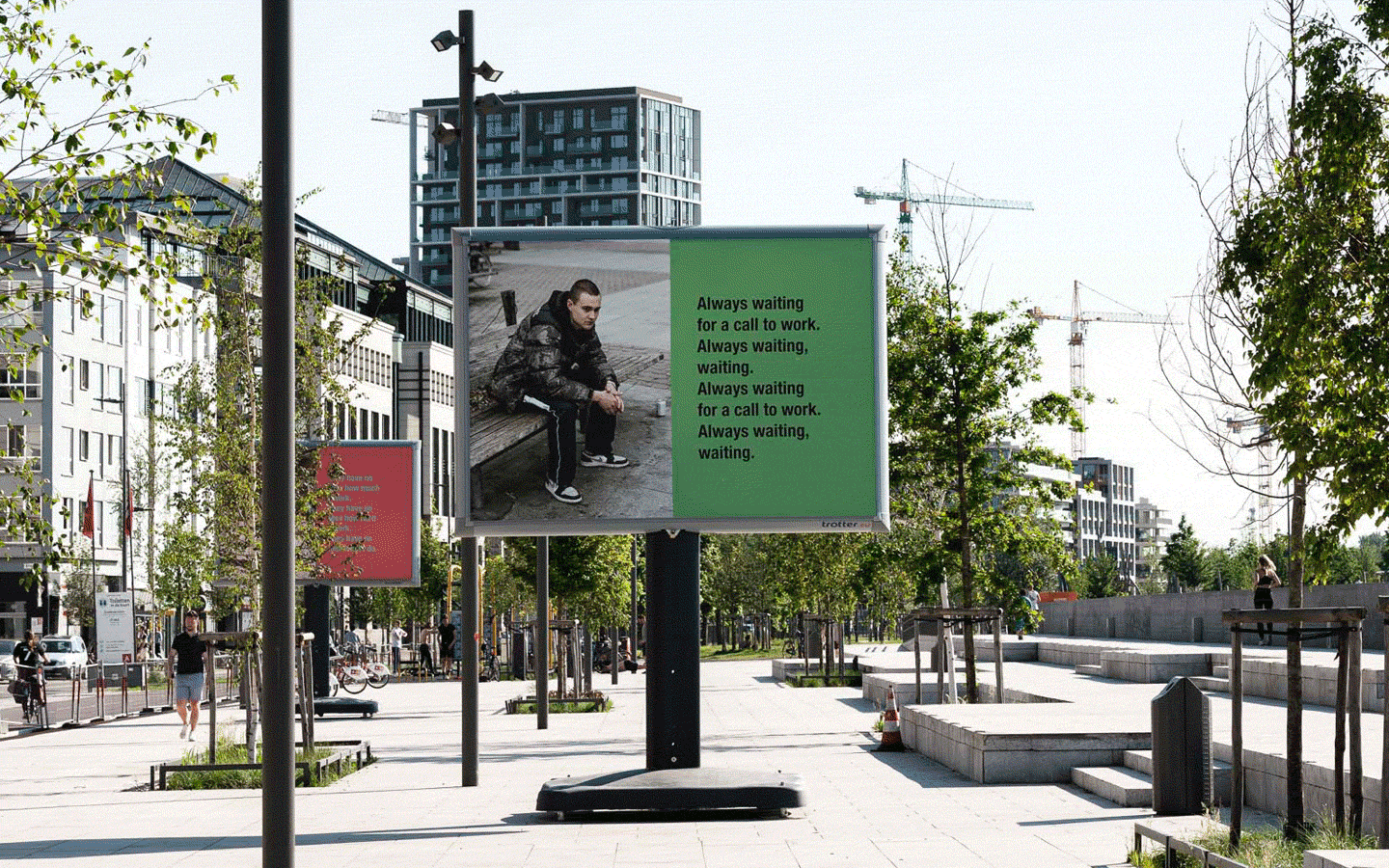Antwerp 2020
Belgium
T +32 3 288 33 60
Today, Middelheim Museum is best known for its collection of modern and contemporary sculptures in the art park. However, since its creation, the museum has also collected a great deal of work to be displayed indoors. When founded, its mission was to provide an overview of international sculpture from the end of the nineteenth century to the museum’s own time. In addition, the museum also brought together extensive supporting collections: models, drawings and prints, media art and photography. And sometimes works intended for outdoor use turned out to be more suitable for indoor use. Just over 80% of the works of art in the Middelheim collection are therefore stored in depots that are closed to the public. Because the museum wants to offer maximum access to the collections in all their diversity, it has now transformed one such closed repository into an open depot. An initial, surprising selection of artworks is presented there for the public. The works are simply and functionally presented, sometimes in their entirety, sometimes only partially unpacked.
Depot collections are unexplored reservoirs of significance: a collective term for the sum of all the values and meanings attached to a work of art. The artist is the first to give meaning and value to a work, but many more are added depending on perspective, context and time. Middelheim Museum sees collecting, unlocking and further developing this multitude of meanings and values as an important task. It sets great store by polyphony, in which the public also determines the significance and importance of the collection. That is why the choice of works of art in the collection pavilion was made not by one individual or within a single theme: the museum invited a panel of people from different backgrounds to select the works of art. In this ‘collection parliament’, the perspectives of Middelheim Museum’s diverse stakeholders were represented, including those of the public and to the extent possible, the artists. This parliament selected the works of art on the basis of international valuation criteria, which help examine the multiple facets of an artwork and highlight the various reasons why it can be valuable. All works of art were valued according to seven criteria: art-historical value—such as Femme à la Voilette (1895) by Medardo Rosso—general historical value, museum-historical value—such as the first purchase for the museum in 1950: La Lupa (1931) by Arturo Martini—social value, social-critical value—such as Floris Jespers’s Group of Congolese Women (1953), originally titled “group of negresses”: charged heritage that society views differently today than in the past—experiential or aesthetic value, and information value—such as Small Mind (1992), a scale model that reveals the original wooden form of Richard Deacon’s iconic Never Mind, since refabricated in stainless steel. Works may therefore be included in the selection because of their different meanings, whereas in a traditional selection process, the art-historical value would probably have been decisive. As a result, both obvious masterpieces such as Alberto Giacometti’s Femme de Venise II (1956-57) can be seen in the collection pavilion along with surprising discoveries by lesser known artists.
In the back section of the pavilion, we take turns showcasing one of the art works in the collection pavilion. Résidence Terrestre (1995) by Michel François gets the show rolling. The installation is to be shown to the public of the Middelheim Museum again for the first time in 22 years. Presenting Résidence Terrestre entails far more than unpacking, to wit re-installation, conservation and updating, whereby museum staff, conservators, the artist and visitors as well, have a role to play. In 2019, we are revaluing Résidence Terrestre in another time and place, in relation to other objects and above all in dialogue with a new audience. The public is invited to join the search for its changing appearance, its meaning and values.
Media inquiries: Rafaelle Lelievre, rafaelle.lelievre@antwerpen.be
